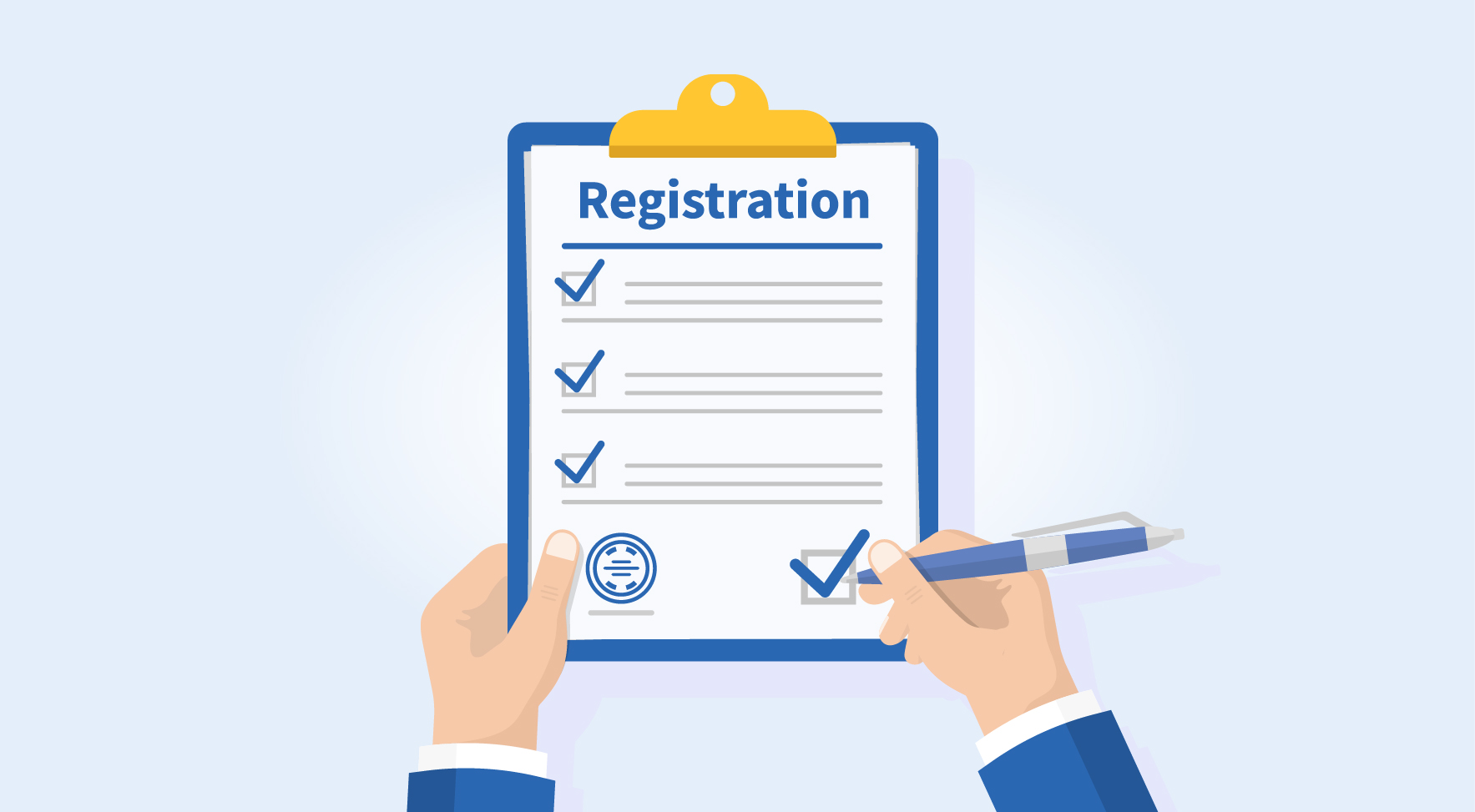Micro, small, and medium-sized enterprises (MSMEs) in India encounter numerous obstacles when attempting to expand their businesses and maintain operations. It is difficult for these MSMEs to obtain loans or credit from banks and other financial organisations. Because of this, many MSMEs are compelled to close their doors, even though they employ nearly 100 million people and make a substantial GDP contribution to the nation.
The Indian government proposed the 2020 to assist MSMEs in resolving this issue. Per this policy, all MSMEs must register as MSMEs as soon as they are founded to be eligible for some alluring government advantages.
Although it is not required, signing up for UDYAM offers MSMEs several advantages for managing their operations in India, assisting them in overcoming operational and logistical challenges in addition to financial ones.
This blog will help you register as an MSME under this scheme. It offers a thorough walkthrough of the UDYAM registration procedure.
What is UDYAM Registration all about?
Before the UDYAM system's replacement, MSMEs in India were registered under the Udyog Aadhaar Memorandum scheme. All MSMEs will receive an electronic certificate under the UDYAM plan, making them eligible for several government incentives and advantages.
There is no complicated paperwork or formalities involved in the straightforward UDYAM registration process. The UDYAM registration number is a special number assigned to each registered MSME. For the duration of its commercial existence, this number serves as the MSME's permanent identification.
For whom is UDYAM Registration Eligible?
Applications for UDYAM registration are open to all MSMEs engaged in manufacturing, trading, and services. The following are the eligibility requirements as established by the Government of India:
Micro Enterprises: Businesses with an annual revenue of less than Rs 5 crore and an asset investment of no more than Rs 1 crore are classified as micro-enterprises.
Small businesses are those with an annual revenue of less than Rs 50 crores and an asset investment of no more than Rs 10 crore.
Medium-Sized Businesses: Businesses with an annual revenue of less than Rs 250 crores and an asset investment cap of up to Rs 50 crores Any kind of entity that fits into one of the aforementioned categories is eligible to apply for UDYAM registration.
Partnership companies, sole proprietorships, cooperative societies, private limited companies, Hindu Undivided Families, limited liability partnerships, and more are examples of these entities.
What is the UDYAM registration process?
To obtain an online UDYAM Registration Certificate, follow these steps: Go to https://udyamregistration.gov.in/Government-India/Ministry-MSME-registration.htm to access the official UDYAM Registration webpage.
Choose "For New Entrepreneurs with EM-II or those who are not yet registered as MSME." On the page that opens, enter the entrepreneur's name and Aadhaar number. Click the "Validate and Generate OTP" option after providing these details.
An OTP will be sent to the phone number linked to your Aadhar account. After entering these details, select "." You will now see the PAN Verification page following a successful Aadhaar verification. Enter information such as the PAN and the type of organization.
Select "Validate" by clicking. Click on the appropriate link if you have a GST number or have filed your tax returns for the previous year.
The UDYAM registration form will now appear on the screen. Enter all the required information, such as the name of the firm, the entrepreneur, the bank account information, the cellphone number, the number of workers, the business unit's status, and more. Enter the MSME's information next; it should be filled out completely.
It contains information about annual turnover and investments made in assets (plant, machinery, etc.). Moreover, select the self-declaration option to attest to the accuracy of all the information you submitted. Send in the information and produce the OTP.
To submit the form right now, click the OTP that was sent to your phone number. You will receive the UDYAM Registration Certificate via your registered email address after submitting the form. This certificate, which attests to your successful registration, is readily downloadable.
You will have a unique MSME Registration Number on this certificate. To be eligible for the government's MSMEs incentives, you can provide these details.
MSME Terms of Payment under the New Plan:
The MSME payment terms under the new UDYAM plan are as follows:
After the transaction has been accepted, buyers have 45 days to pay the suppliers of goods or services. Even in cases where the buyer and supplier have agreed on a credit period longer than 45 days, this rule still holds.
Buyers are required to pay interest on payments in the event of payment delays. The interest rate is over three times higher than what the Reserve Bank of India sets.
Payment for products or services should be made within 15 days of the buyer accepting the MSMEs' offer if the buyer and MSMEs have not yet agreed upon any credit conditions.
If there are persistent delays or non-payments from buyers, MSMEs have the option to complain with the Micro and Small Enterprises Facilitation Council (MSEFC).
Updated on: April 26, 2024
